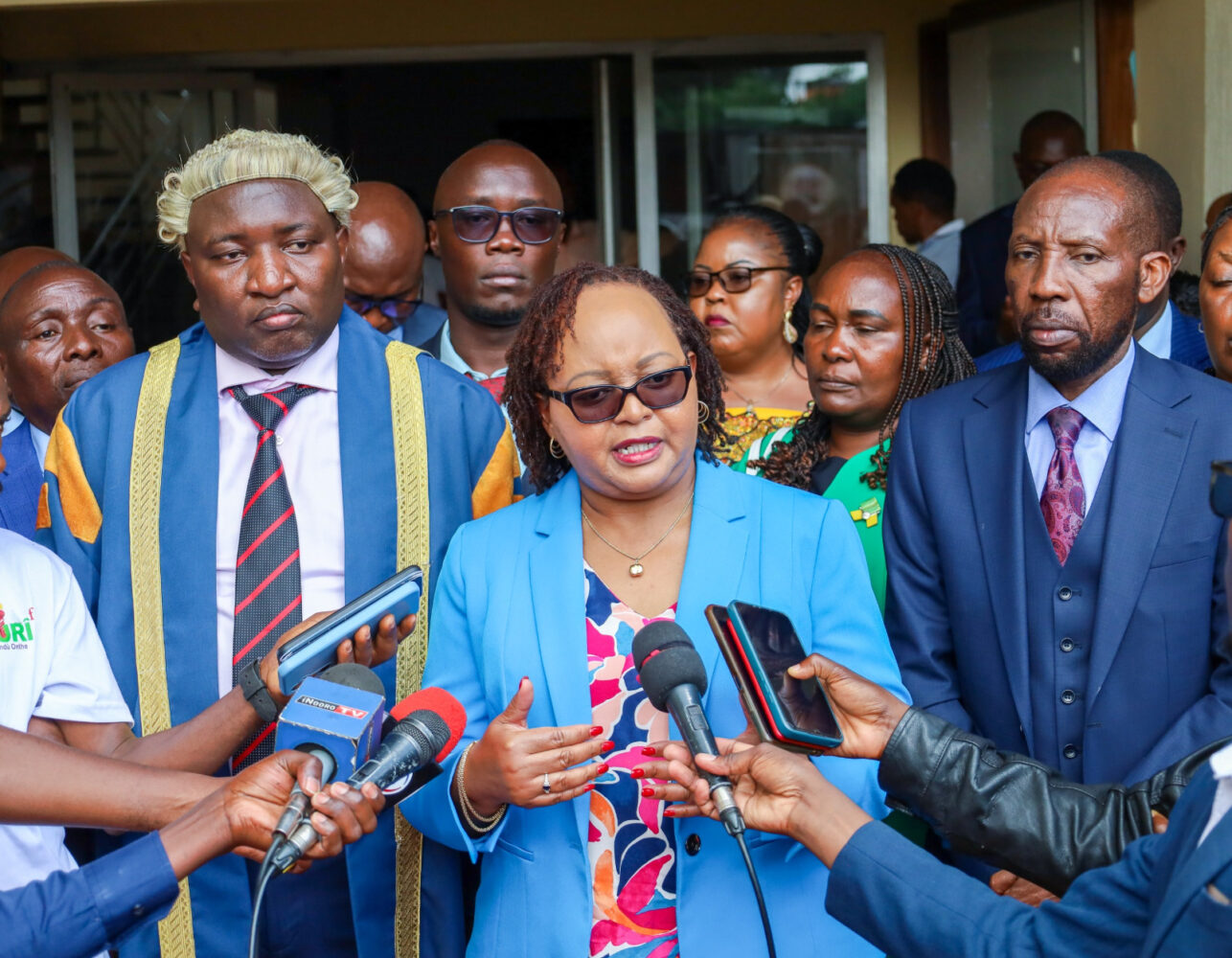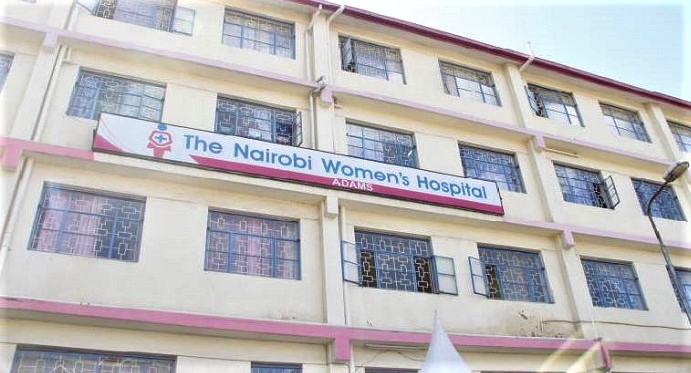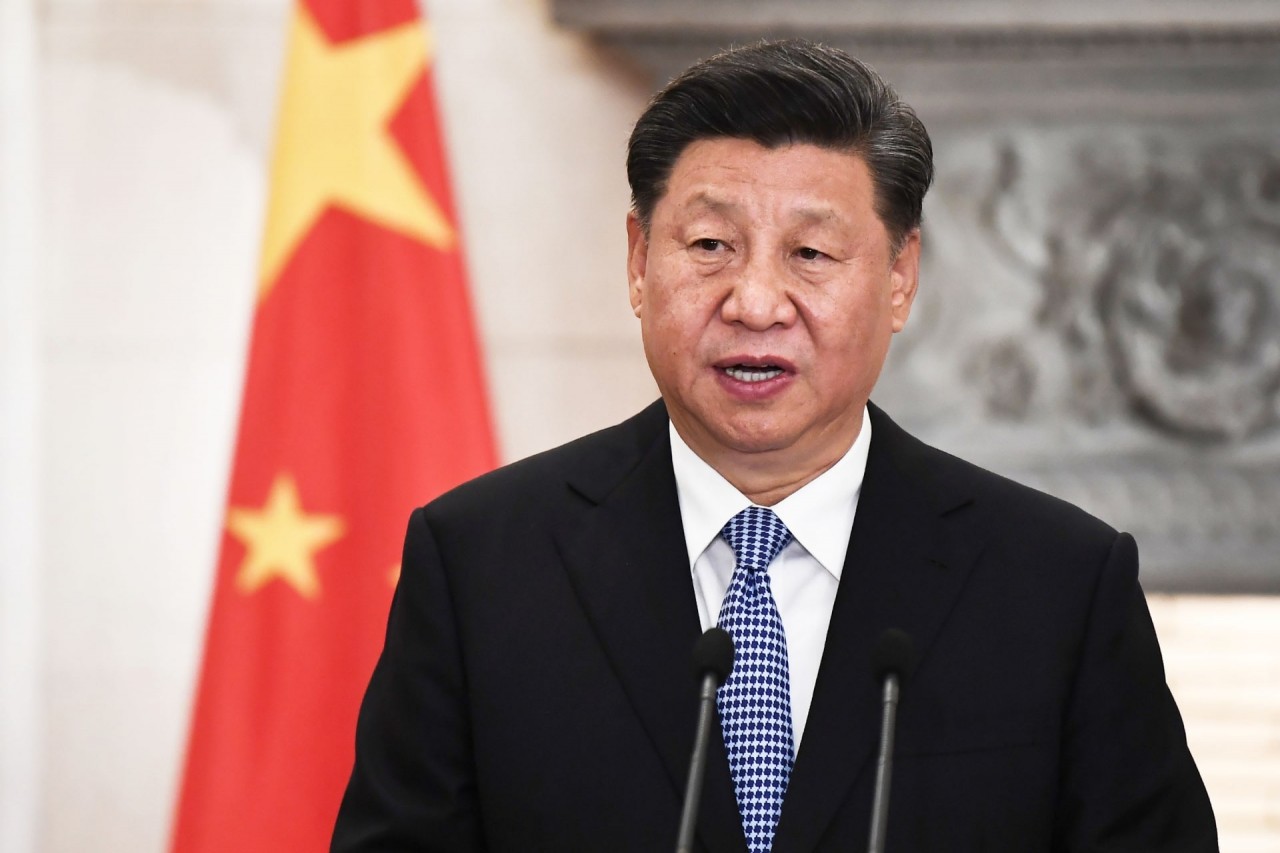County Government of Kirinyaga has allocated Sh.100 million for the expansion of the bulk water supply to serve 30,000 households in Mwea Sub-County.
The allocation will cover phase 1 of the extension of the Kutus Kimbimbi bulk water main pipeline and feeder lines to supply domestic water to residents of Gathigiriri, Tebere and Thiba wards.
Governor Anne Waiguru said supply of clean water in the villages across eight wards will help in reducing the burden of waterborne diseases caused through consumption commodity from unsafe sources.
Speaking while delivering the State-of-the-County Address (SOCA) at the Kirinyaga County Assembly, Waiguru said Mutithi and Wamumu wards will be supplied with the piped water through the extension of the Kandongu-Mutithi bulk water pipeline.
“Compared to other sub counties, Mwea was lagging in water coverage, both for domestic and irrigation. This is why we are investing lot of resources to ensure piped water reaches all the residents,” Waiguru said.

She explained that Nyangati and parts of Gathigiriri and Tebere, will be serviced by the rehabilitation of the Nyamindi intake while Kangai ward will be serviced through the extension of existing lines to areas such as Kombuini, Kangai and Karii.
The Governor said resident of Murinduko ward will be supplied with water after completion of the Mugaro water project.
Further, Waiguru pointed out that the County government is funding 33 projects with boreholes, intake constructions and supply of water fittings at a cost of 44.8 million to bring the percentage of residents with clean access to water to 78% in the county.
Through direct investment and community collaboration, waiguru said her administration has implemented over 200 water projects across the county, raising the number of active water projects from 170 in 2017 to 370 currently and extending safe and reliable water to more than 100,000 households.
“The above investment in water projects collectively increased household connections from 67,790 in 2017 to current 139,596 reducing the burden of fetching water from distant or unsafe sources leading improved hygiene, reduction in waterborne diseases, enhancement of economic productivity through small-scale irrigation, livestock rearing, construction and expansion of cottage industries such as car wash stations, hospitality enterprises and reduction of conflicts over scarce water resource,” she added.
To curb water losses and strengthen sustainability, the County Government, which has reduced from 59% to 47% as we target to bring it below 35% by next year. To complement this, 27 electro-magnetic zonal meters and District Metering Area (DMA) systems are being installed to monitor flow and billing in specific service zones, ensuring that every drop of water is accounted for.
Waiguru said ongoing reforms at the Kirinyaga County Water and Sanitation Company (KICOWASCO) are bearing fruits, with Non-Revenue Water (NRW) recording a significant drop from 59% to 47%.
This she explained has been achieved through installation of a master meter at the Muratiri Water Treatment Plant allowing for accurate monitoring of water production against consumption.
NRW has been attributed to unmetered water connections for community water projects, illegal connections, old and dilapidated infrastructure, leakages and bursts.
“This reform enhanced accountability, improved operational efficiency, and positioned the utility to serve our growing population better. We target to reduce water losses to below 35% by next year,” Waiguru said.










